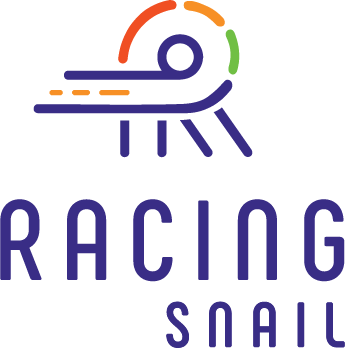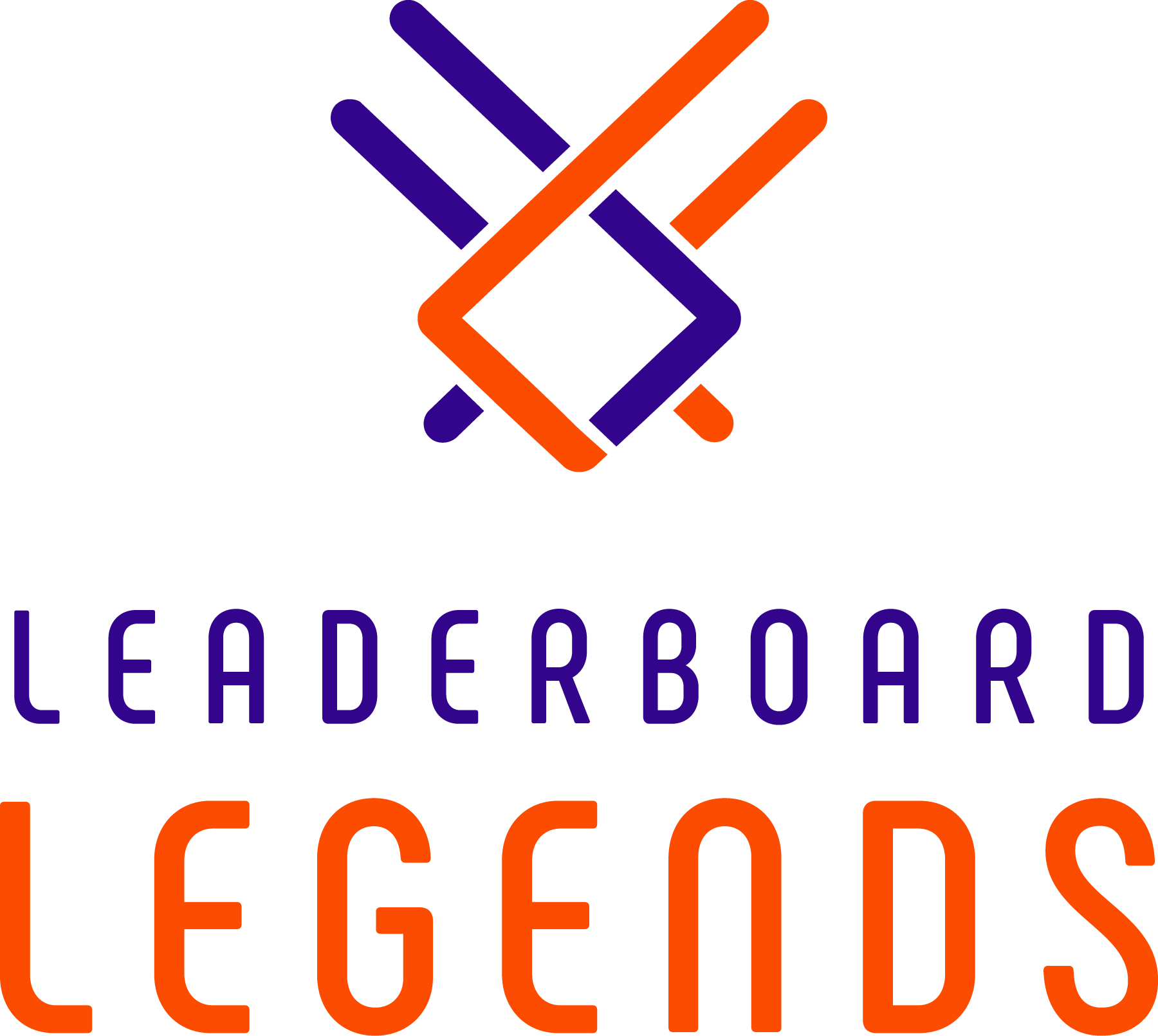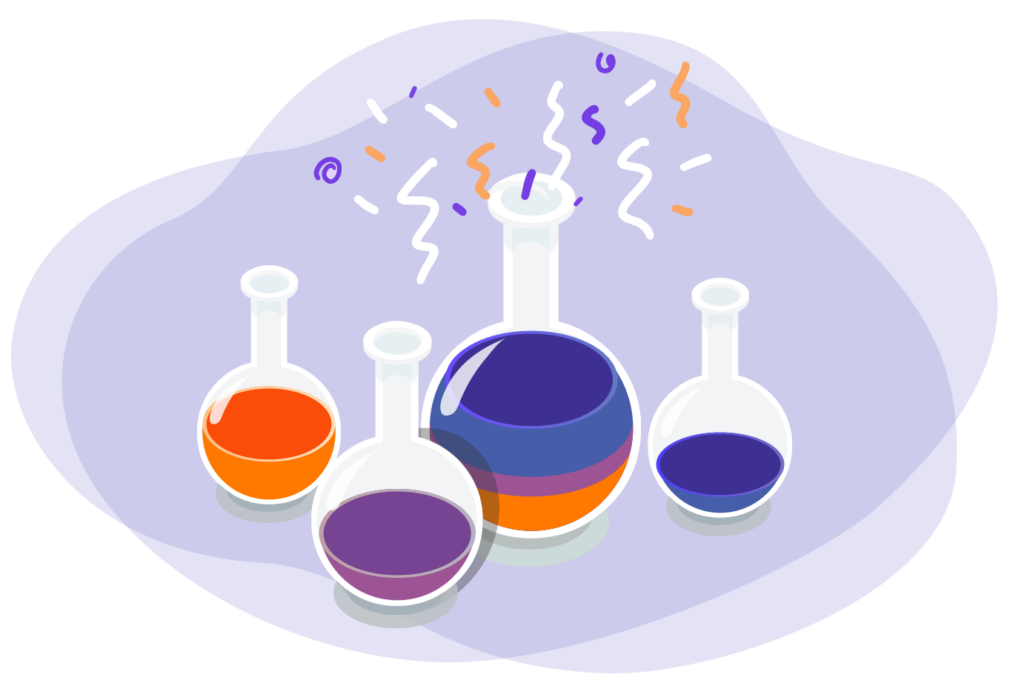This article was originally posted on Forbes.com and is written by Henry DeVries. Read original article.
What would you rather do: work, or play Minecraft, Angry Birds or Madden NFL 19?
Duh. Play video games. And that is why so many companies are turning to gamification to increase sales.
Many business development tasks are drudgery. Cold-calling is not fun. Knocking on doors is unsettling. Sending personalized emails is repetitive.
“Now imagine these boring and repetitive tasks are elevated to a public, team-based competition, complete with live updates, competitor standings, multiple prize options, and the attention of both peers and managers,” says Seth Preus, a gamification pioneer.
I caught up with Preus at the LIMRA (formerly known as the Life Insurance Marketing Research Association) annual conference in NYC in October 2018 to get a demo of gamification in the workplace.
Preus is the creator of RacingSnail and Leaderboard Legends, a suite of productivity and commission management tools, owned and marketed by Imprezzio of Spokane, Washington to more than 30,000 professionals. He is an entrepreneur whose endeavors span 20 years and have touched multiple industries including insurance, paperboard and packaging, real estate, search engine optimization, and lead generation.
According to Preus, today more businesses are turning to gamification–the use of game-like elements in a non-game setting– to drive participant engagement. In a business setting, gamification makes use of point scales for sales and activities, badges for accomplishments, competitions, leaderboards and teams to influence behavior.
In other words: gamification works because work is boring; gamification is fun.
“Gamification is more than simply adding a competitive element to work; it’s about using an entertaining format to align employee focus with company goals, recognize and celebrate achievement, and capitalize on your team’s intrinsic reward center to drive superior results through genuine employee engagement,” says Preus.
The demo I witnessed showed how even the bottom of the sales team could get engaged with the video game aspects.
Preus points out it’s no secret sales is a competitive field in which competitive people excel. People in any business want to know they are doing well, even if they are simply comparing themselves to previous performances.
“Whether it is a head-to-head duel, an office vs. office showdown, or an effort to achieve a personal best, diligent professionals desire to distinguish themselves and improve their own performance,” says Preus.
Gamification can enable employers to take a stellar performer, who may currently dominate in a small office setting, and match them against other stellar performers from other offices.
“By creating team competitions, you create an additional layer of accountability (to the team) and you touch on the desire of most people wanting to not only belong to, but have status within a group of peers,” says Preus.
Perhaps adapting a gamification approach can be a game changer. I have heard from multiple sales and marketing leaders that, “We do competitions, but we don’t do them well.”
“This is largely due to the failure of businesses to communicate in a timely manner and a public forum,” says Preus. “A solid gamification plan will focus your team on the exact metrics that will drive your business forward by drawing their attention to the plan.”
Preus advocates regular updates, public leader boards, milestone achievement recognition, and countdowns to draw a team’s attention to the relevant metrics, thereby making it much more likely they will produce the relevant metrics. Any sales team member can take pride in scoring a personal best.
“Work can be viewed as a never-ending list of difficult, repetitive and thankless tasks,” says Preus. “Or, work could be viewed as an exciting opportunity to earn distinction and recognition, master skills and have fun while doing it.”
Let the games begin.





